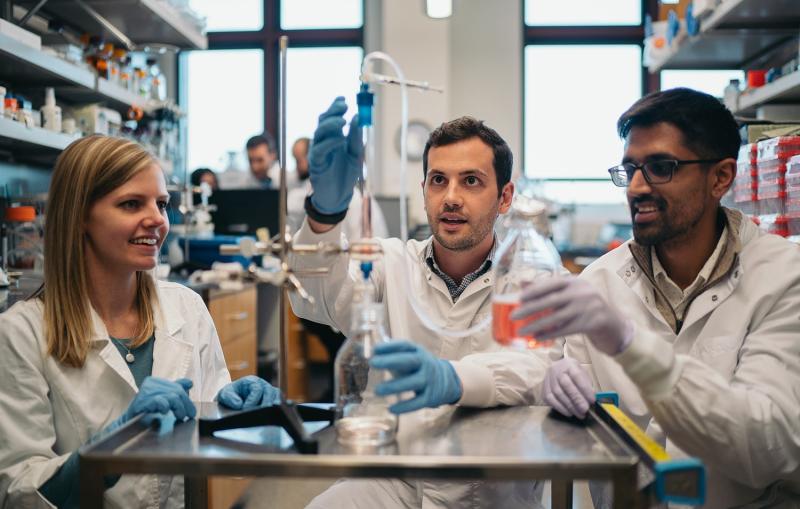News Feature
VIA Stanford
A newly published protein structure helps explain how some anti-cancer immunotherapy treatments work




The latest news about SLAC research, science programs, facilities and people.
More on our News Center and Media Resources pages



